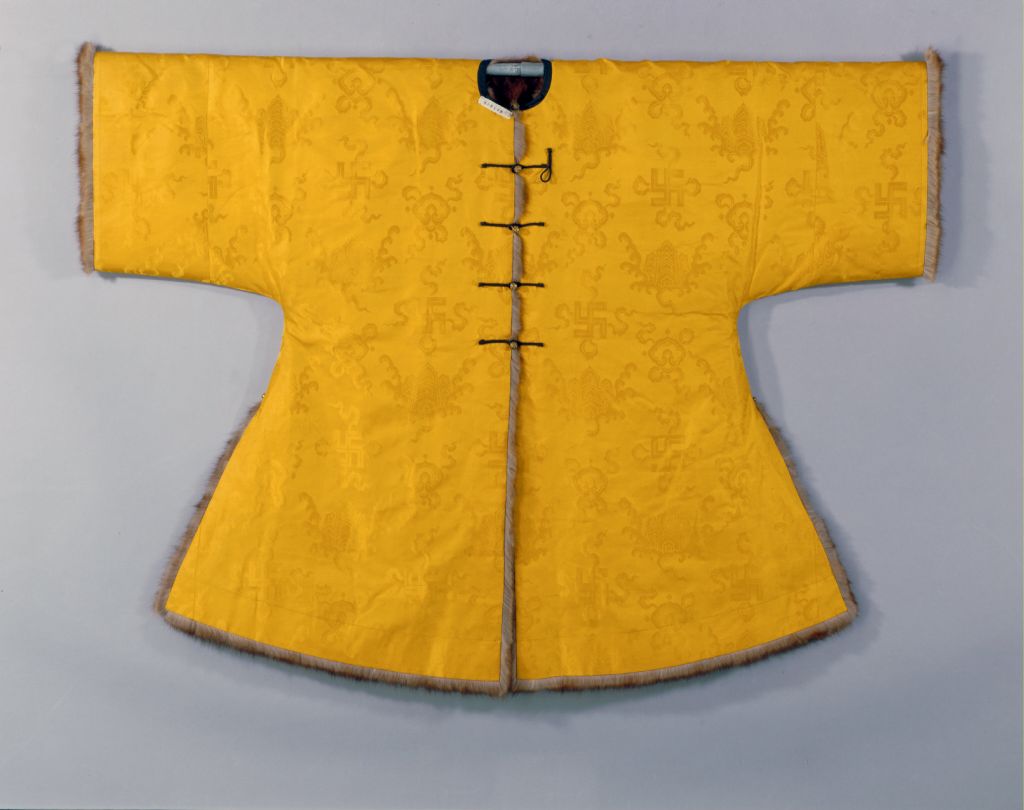[Cui Zizhong’s Cloud Map Axis]
The Cloud Map Axis, made by Cui Zizhong in the Ming Dynasty, is made of silk, colored, 189 cm vertically and 50.2 cm horizontally
This picture is based on the story of Li Bai, the great poet of the Tang Dynasty. It is said that when Li Bai lived in the lung mountain, he used to store the thick clouds in bottles and brought them back to his residence, and scattered them to lie inside, so that he could “drink the clear spring and lie in the white clouds every day”. In the picture, Li Bai sits on a four-wheel car and enters the deep mountains for the first time. He looks up at the dense clouds in the mountains and seems to be standing there, changing for no reason. He looks surprised and thoughtful. The two boys separated from each other. One took a rope to lead the car, and the other carried a staff to guide them. The mountains, rocks and trees are all dark to contrast the large area of white clouds in the middle of the picture. At the same time, he skillfully uses the painting method of water texture to draw the ripples with thin lines, either sparse or dense, showing the strong mobility of clouds and fog, and various changes of “sunny weather is like catkins, fantasy is like people, walking under the feet, sitting in the sleeves, and travelers can’t see before and after”. The mountains and rocks are stacked up, square and round, with strange shapes; The far mountains bend like bamboo shoots to the sky; The old tree hovers with great strength, which is different from the ordinary world, giving people a sense of silence and mystery. Although the figure is very small, it is placed in the most prominent point of view of the painting, and applied with pure and bright blue, white and black bright colors, which is in sharp contrast with the dark trees in the background, striking and prominent, reflecting the author’s ingenuity. Cui Zizhong’s painting is keen on immortals and Taoist themes. This painting depicts Li Bai, who is known as “the immortal of poetry”, and puts him in a wonderland of mountains and mountains where clouds and fog disappear, and where he stands aloof from the dust. While honoring the sages, it also expresses the painter’s dissatisfaction with the real world and his yearning for and pursuit of seclusion.
![图片[1]-Cui Zizhong’s Cloud Map Axis-China Archive](https://chinaarchive.net/Ming dynasty/painting/1010.jpg)

![[Qing Dynasty] British female painter—Elizabeth Keith, using woodblock prints to record China from the late Qing Dynasty to the early Republic of China—1915-China Archive](https://chinaarchive.net/wp-content/uploads/2022/11/image-191x300.png)



